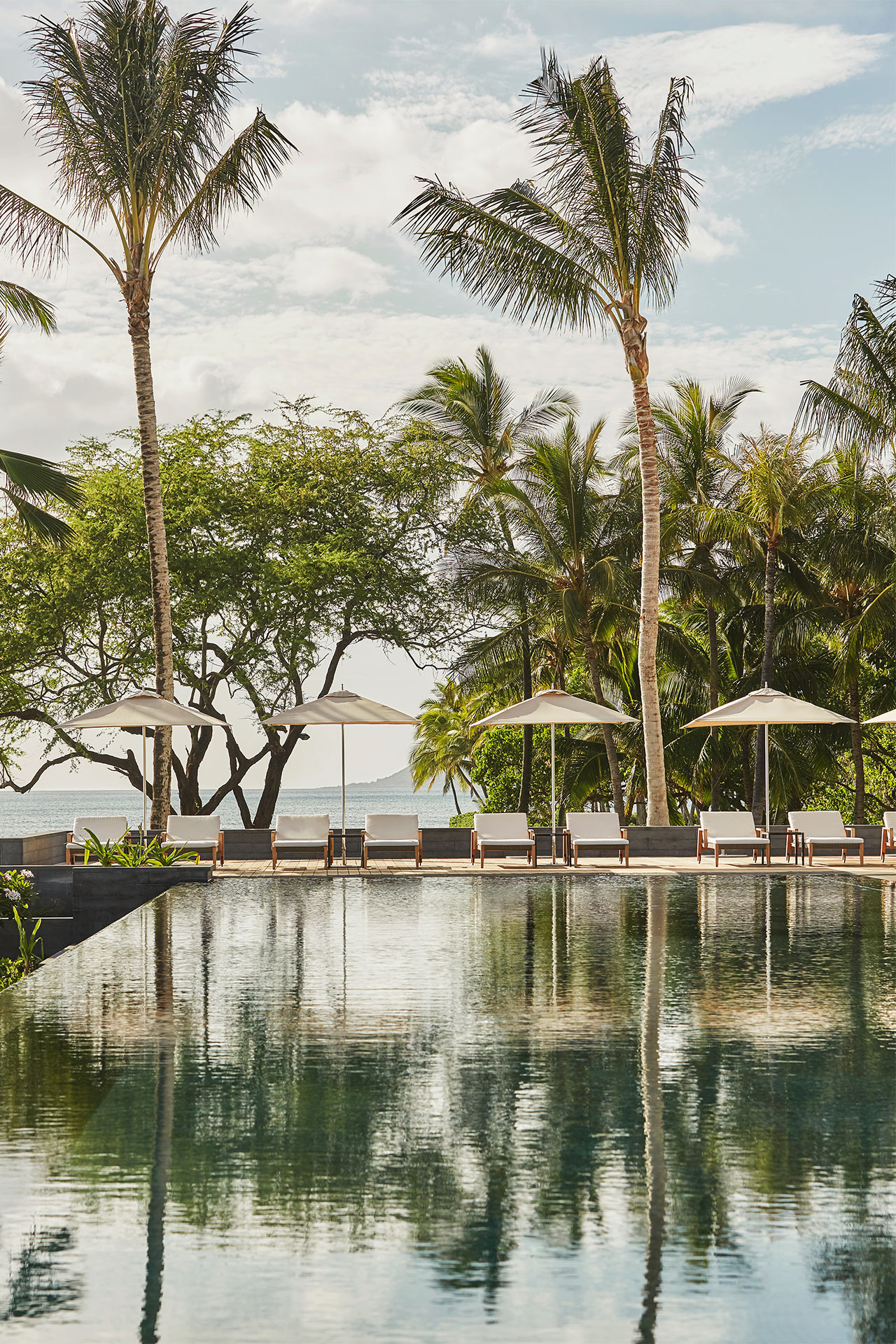
The Importance of Timeless Design
Good architecture endures the test of time and instills itself into the collective psyche of society.
Many of the buildings that we hold close to our hearts, in Hawaii, were designed by noted architect Edward A.
Killingsworth, FAIA, from his studio in Southern California. While he died at the age of 86 in 2004, his buildings live on.
Ed Killingsworth was a modernist who believed in open spaces and floor plans. He preferred high ceilings and glass walls that invited nature in. As his reputation grew, so did the size and scale of his projects, moving from the design of residences to luxury hotels in such locales as Guam, South Korea, Japan, Malaysia and Indonesia.
Hotels in Hawaii designed by Killingsworth include Kahala Hilton (1964), Kapalua Bay Hotel (1977), Mauna Lani Bay Hotel and Bungalows (1983), Halekulani (1990), and Ihilani Ko Olina Resort (1993).
In the case of the Ihilani Hotel, we can see that the key signature architectural character of this hotel comes from the exposed structural framework designed in a modern minimalist expression; it still reads today as “timeless design.”
We were fortunate to be a part of The Resort Group’s design team in re-branding the Ihilani Hotel into the Four Seasons Resort Oahu at Ko Olina. The elemental simplicity of this 17-story-high structure, with 385 guestrooms, has withstood the test of good architecture and the test of time. The elemental simplicity of the design of this building still rings with relevance; the minimalist exposed structural framework still maintains it timeless integrity.
Repositioning this building for the five-star Four Seasons hotel group consists of upgrades and refurbishments to public and guest areas, but the structure itself is not being changed. Good architecture translates to a good investment; this 1993 structure has maintained its intrinsic value and will continue to do so for years to come.